Social well-being through open space planning: The Navi Mumbai case study - Question of Cities
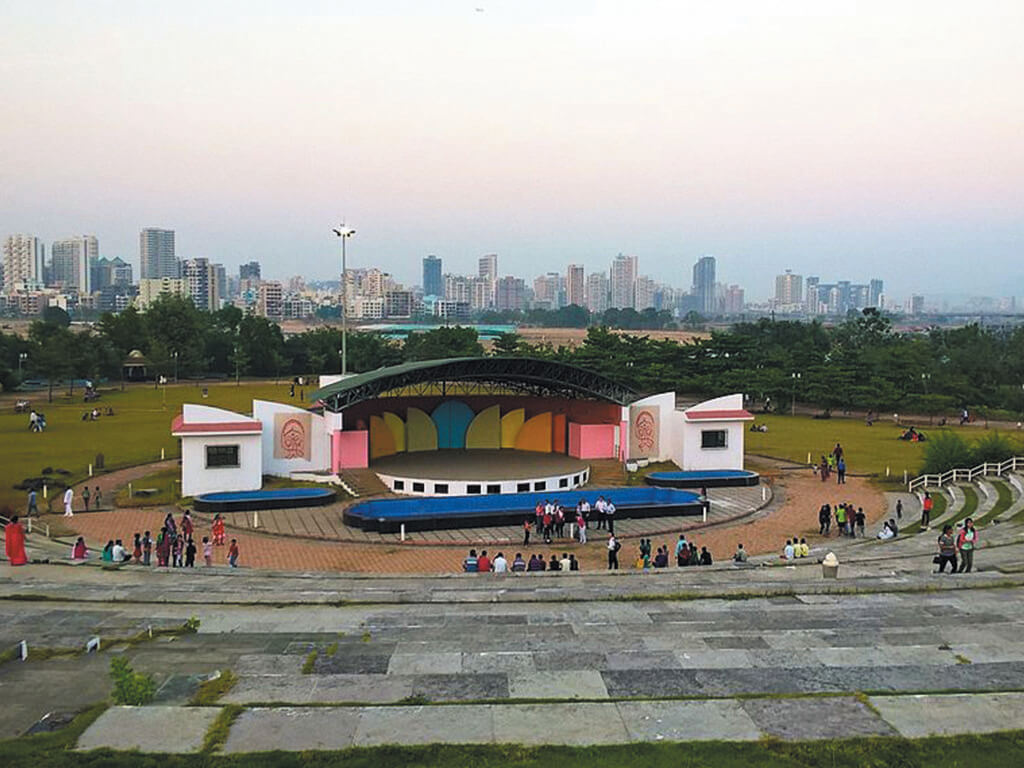
The new city on a vast greenfield area across the Mumbai harbour was planned in the 1960-70s to decongest the increasingly-dense Mumbai. The master plan for Navi Mumbai, modelled on self-reliant inter-connected nodes, each with amenities for housing as well as green open spaces, has been implemented over the last few decades – with success. Navi Mumbai meets the parameters and follows the hierarchy of green open spaces in each of the seven planned nodes. These spaces are major contributors to the social well-being of people living and working in them, they are also a successful and efficient climate-resilient tool.
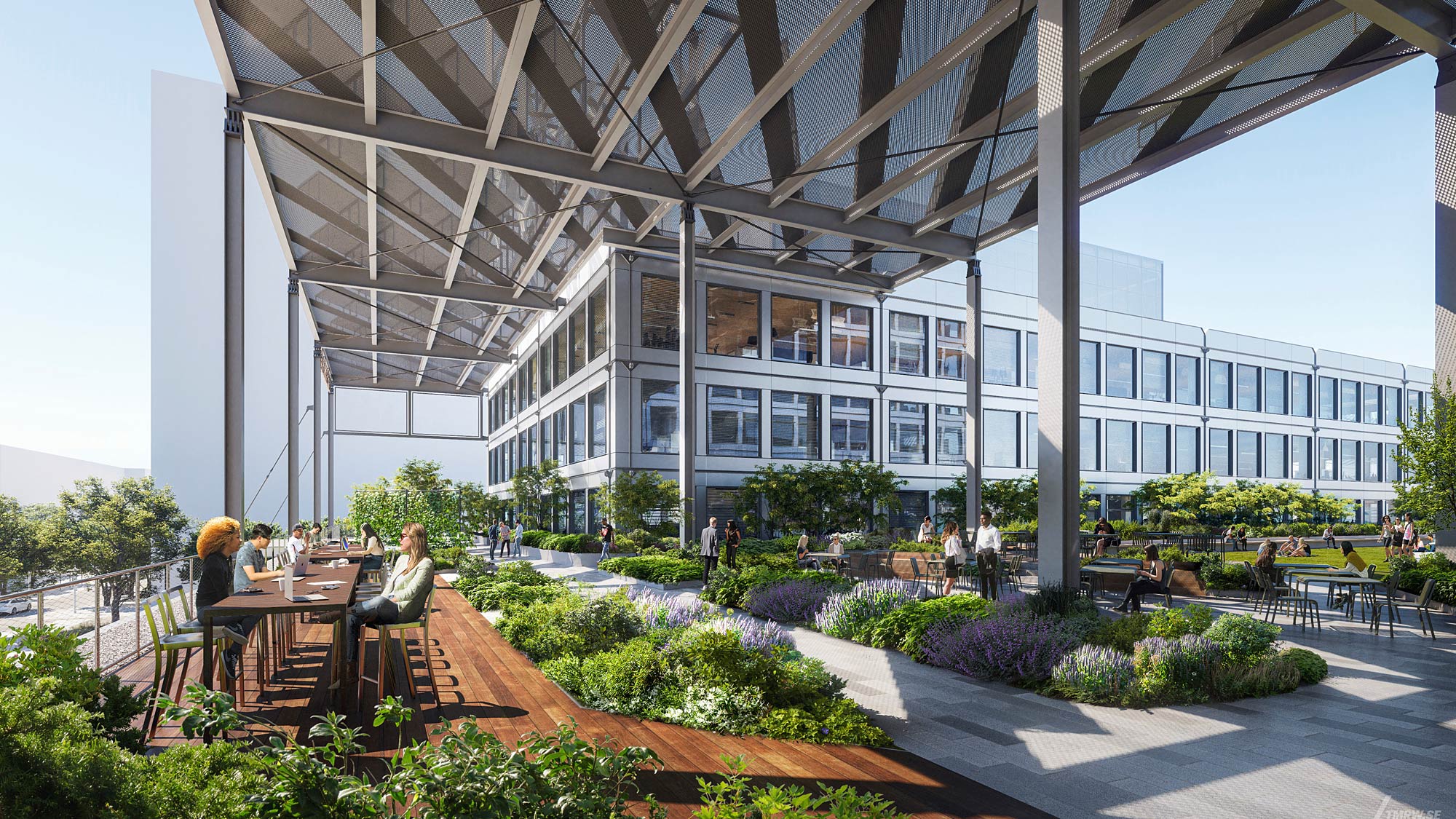
Sustainability
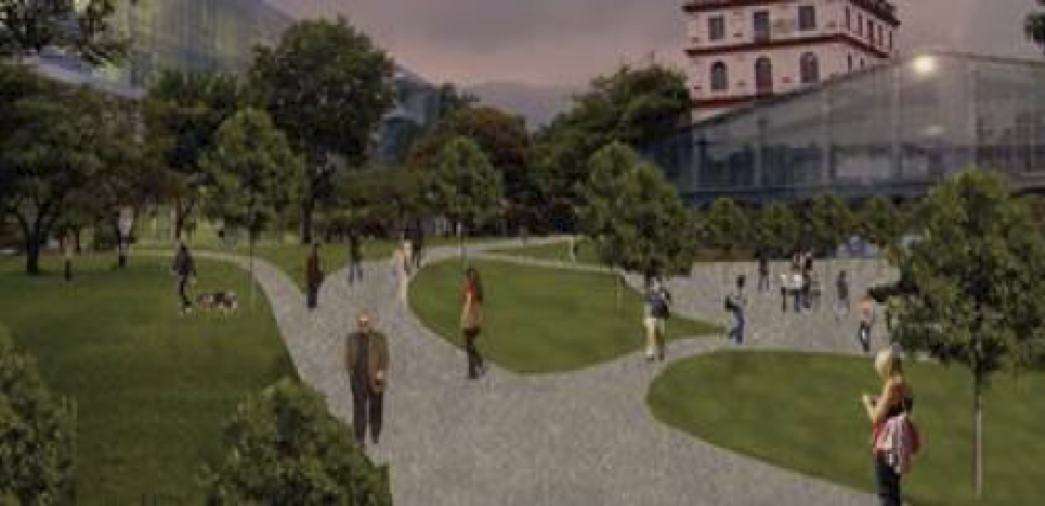
Do urban green corridors work? It depends on what we want them to do. What ecological and/or social functions can we realistically expect green corridors to perform in cities? What attributes define

Question of Cities on LinkedIn: Social well-being through open space planning: The Navi Mumbai case study…

Prachi Merchant posted on LinkedIn

Mumbai High Rise Buildings Case studies of Kohinoor Square

Navi mumbai

PDF) A Study of Space in Mumbai's Slums
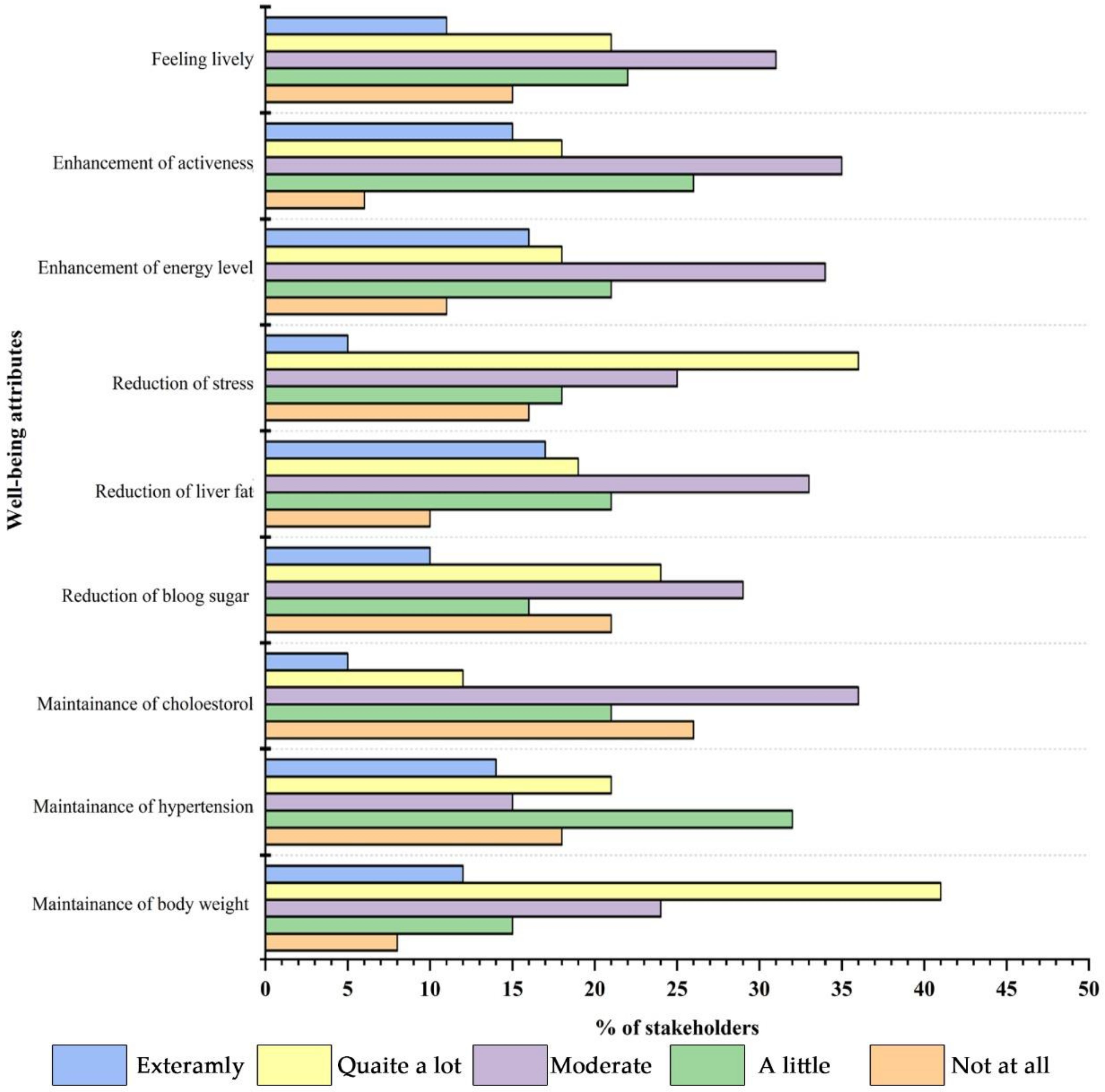
Sustainability, Free Full-Text
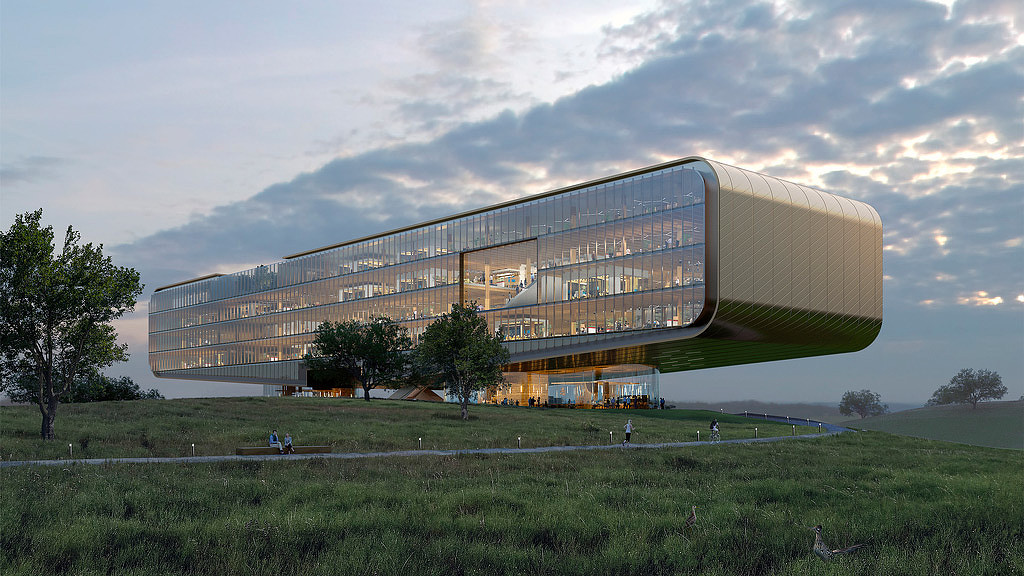
The Future of ESG in Architecture